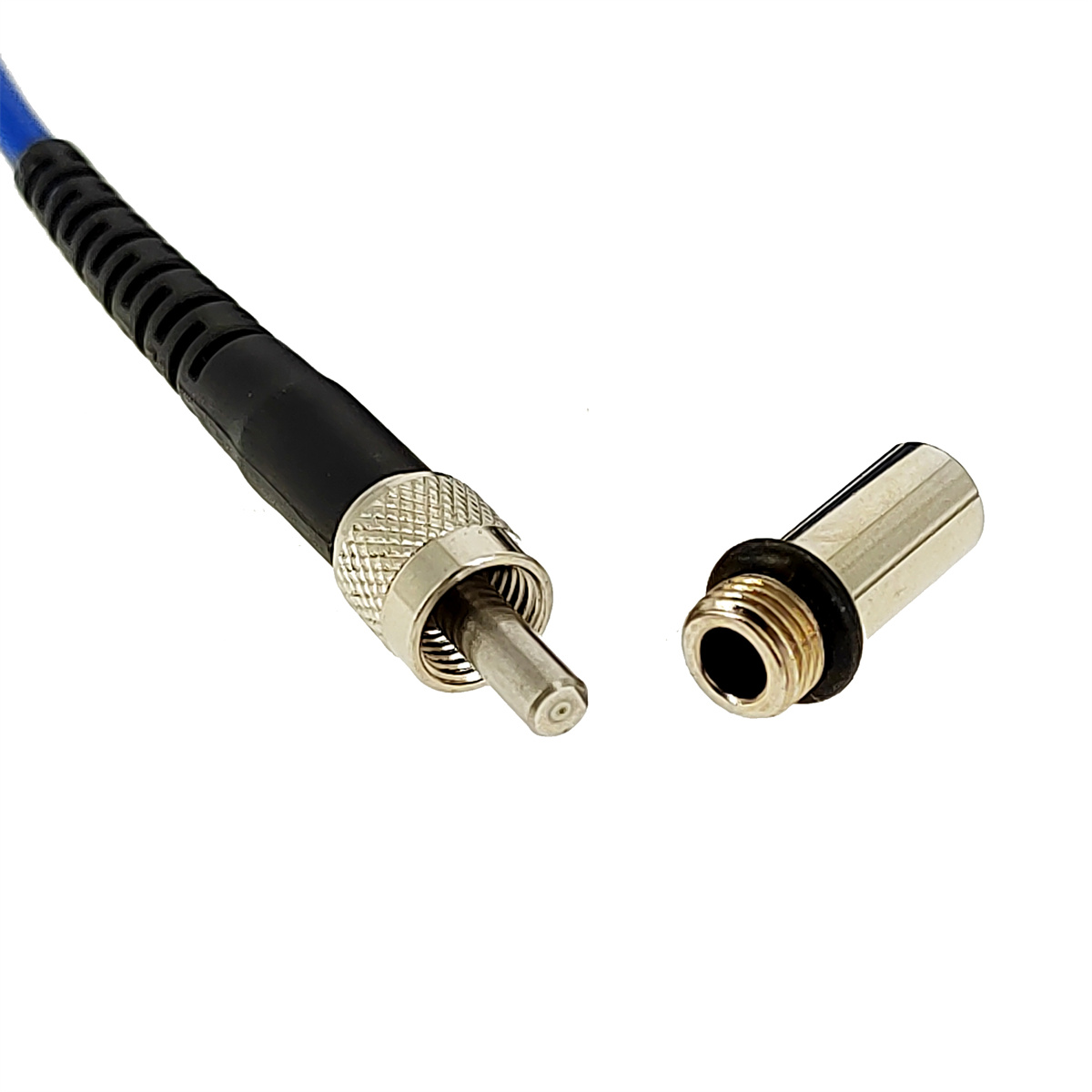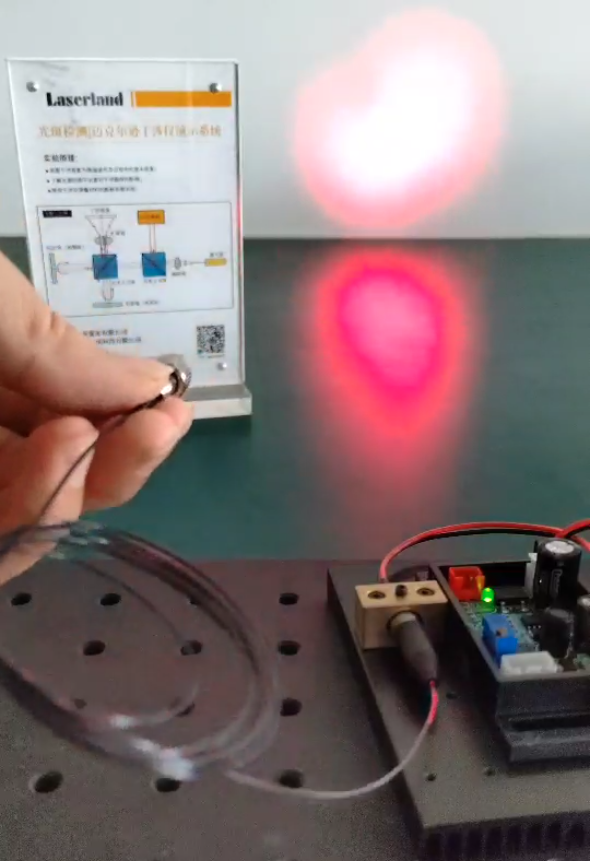Fiber coupling diode is a common photoelectric conversion device that can convert light energy into electrical energy and realize the reception and transmission of optical signals. It uses fiber coupling technology to couple the output of the laser diode into the optical fiber, and is widely used in optical communications, optical sensing and other fields.
Fiber coupling diodes usually consist of laser diodes, fiber couplers, and optical fibers. The wavelength of fiber coupling diodes covers the visible light and infrared light regions, such as: 375nm, 405nm, 450nm, 520nm, 532nm, 650nm, 780nm, 850nm, 980nm, etc. Fiber coupled diodes offer low transmission loss, high flexibility, small thermal effects, and low maintenance costs. Fiber coupled diodes are often used as industrial pump sources to provide external energy to the fiber laser working material to generate laser light.
Fiber coupled diodes have a wide range of applications. First, in the field of optical communications, fiber-coupled diodes are widely used in fiber-optic transmission systems to receive and demodulate optical signals. Its high speed, high sensitivity and low noise characteristics make it an indispensable component in the field of optical communications. Secondly, in the field of optical sensing, fiber-coupled diodes can convert optical signals into electrical signals to detect and measure parameters such as ambient light intensity and temperature. In addition, fiber-coupled diodes can also be used in spectral analysis, optical imaging, photobiology and other fields, and have broad development potential.
With the continuous development of optical communication and optical sensing technology, the performance and functions of fiber-coupled diodes are also continuously improved and enriched, providing important technical support for research and applications in the field of optoelectronics.


